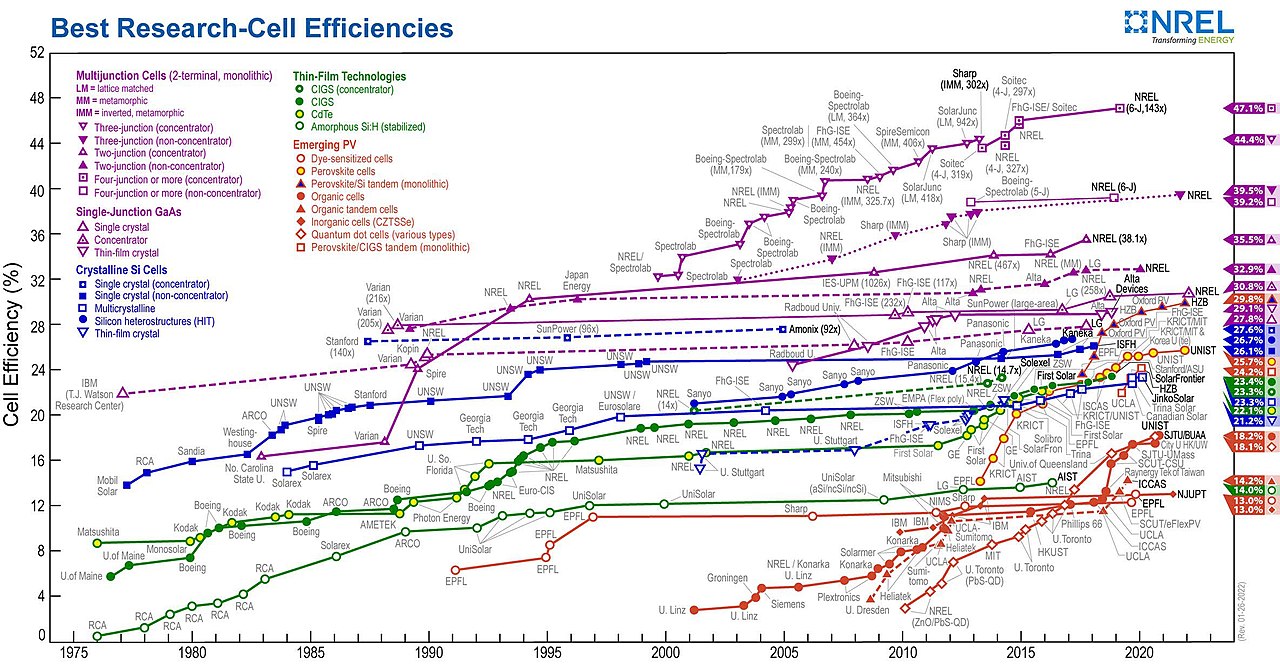I know there are a lot of "get a horse" people when it comes to new technology. This is especially notable when it comes to non-fossil fuel sources of energy. Personally I've never gone wrong by betting on technology improving over time. This is one example of a potential breakthrough. I've highlighted the key sentence in the story. We'll see if it can be commercialized and made cost-effective but I'd bet it can with some R&D.
Harvesting Energy at Night: Solar Cell Keeps Working Long After Sun Sets
Harvesting energy from the temperature difference between photovoltaic cell, surrounding air leads to a viable, renewable source of electricity at night.
About 750 million people in the world do not have access to electricity at night. Solar cells provide power during the day, but saving energy for later use requires substantial battery storage.
In Applied Physics Letters, by AIP Publishing, researchers from Stanford University constructed a photovoltaic cell that harvests energy from the environment during the day and night, avoiding the need for batteries altogether. The device makes use of the heat leaking from Earth back into space – energy that is on the same order of magnitude as incoming solar radiation.
Harvesting Energy at Night: Solar Cell Keeps Working Long After Sun Sets
Harvesting energy from the temperature difference between photovoltaic cell, surrounding air leads to a viable, renewable source of electricity at night.
About 750 million people in the world do not have access to electricity at night. Solar cells provide power during the day, but saving energy for later use requires substantial battery storage.
In Applied Physics Letters, by AIP Publishing, researchers from Stanford University constructed a photovoltaic cell that harvests energy from the environment during the day and night, avoiding the need for batteries altogether. The device makes use of the heat leaking from Earth back into space – energy that is on the same order of magnitude as incoming solar radiation.

